Student data tracking helps drive instructional decisions. I’ve been using daily exit tickets for years, and they would help me decide if I needed to reteach a skill, but I wasn’t tracking the data in a way that motivated my students and doing it daily seemed impossible when I tried. This year I have a system that I have managed to tweak, maintain, and really push my students and me!
My Data Tracking System
Each week, my students take a 5 question multiple choice quiz over the standard(s) that we learned that week. When students finish, they show me the done sign and I grade it in front of them. If students earn a 100, I collect it; if students miss any questions, I mark the problems incorrect, and students must rework the problem. The goal is that 80% of students earn an 80% or higher. This tells me that as a class we are ready to move on to another standard.

I write the percent mastery on the board and use the data from my first class to motivate my second, third and fourth classes to beat the previous classes’ mastery. There will be a collective cheer if they are able to beat the previous class which is pretty awesome. It motivates students who rush through their work to slow down and it does not shame individuals who don’t hit the 80% because it is anonymous. Then I color in a bar graph to track the standard on my mastery wall. Each class has a bar and it takes about two seconds to color in. You can get this freebie below!
We’ve had teachers ask for this mastery template, so I made one for you! Grab it here. It also includes a small group progress monitoring tracker and assessment analysis. To see how I use those documents, check out my Tips for Organizing Math Intervention.
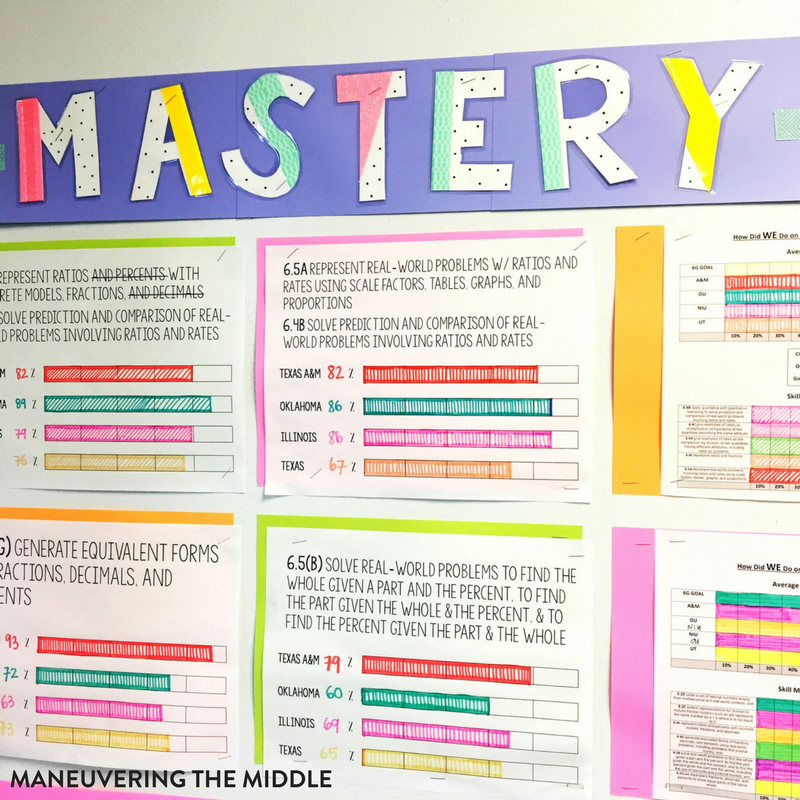
Before a benchmark or before state testing, I can look at the mastery wall to decide what skills need the most practice. While not individualized to each specific student’s’ need, it gives me a good idea where most students need the most work.
I like this system because I can do almost everything during the class period. I can grade, track, and motivate before students leave the classroom. If the data isn’t looking great, falling between 60% and 69%, I can make sure that skill gets some practice in small groups or during the warm-up.
Before a benchmark or before state testing, I can look at the mastery wall to decide what skills need the most practice. While it is not individualized to each specific student’s need, it gives me a good idea of where most students need the most work.
I like this system because I can do almost everything during the class period. I can grade, track, and motivate before students leave the classroom. If the data isn’t looking as great, falling between 60% and 69%, then I ask students for suggestions on how we can improve that data for the next week. Usually students who did not earn an 80% will reflect on why.
How To Start STUDENT DATA TRACKING
Tracking data can start really small. Here are some ideas:
- Track class period’s averages on the board. My gradebook did all of the work, so it was a low lift.
- You could track homework completion by writing the percent completed on the board after collecting it.
- Track averages on unit tests or individual skills on unit tests. I also track how they do on specific skills too, but again, the grading program does all of this work for me.
Whatever you decide to track, make sure it is something you can keep up with. When I tried to track how each individual student did on a daily exit ticket, I kept it up for maybe a week.
A few of my other amazing coworkers have the goal that 80% of students will earn an 80% or higher but they do track individual student’s progress on a data wall. They are amazing! Many of these teachers have the student put the sticker or symbol by their name after scoring an 80 or higher.
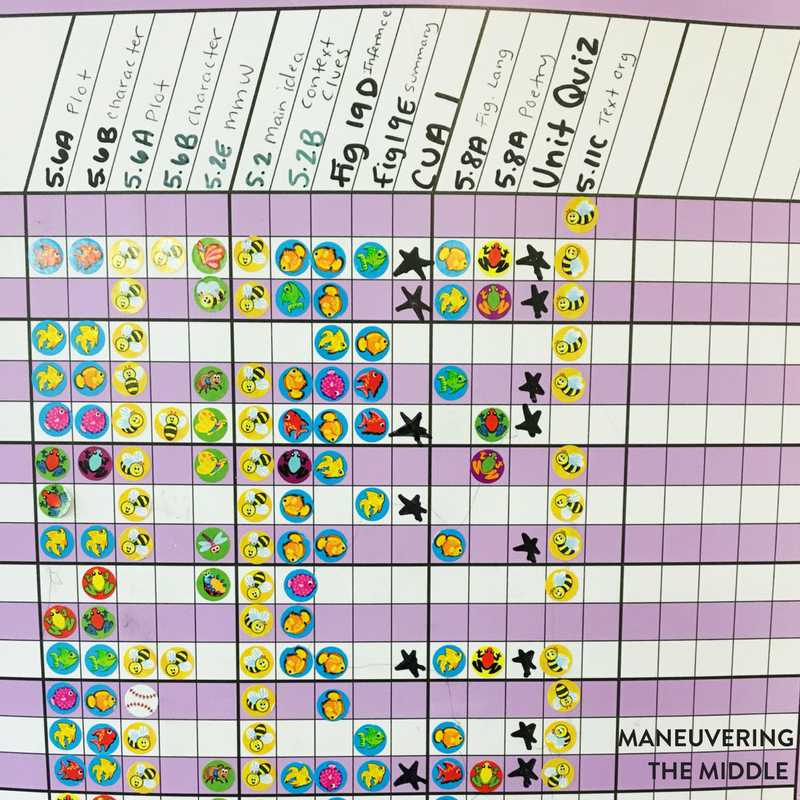
Data tracking does not have to be an advanced teacher move. Start small and focus on positive data only! What student data are you tracking? What has worked in your classroom?
Maneuvering the Middle has been publishing blog posts since 2014. This post was originally published in March 2018. It has been updated for relevance and clarity.

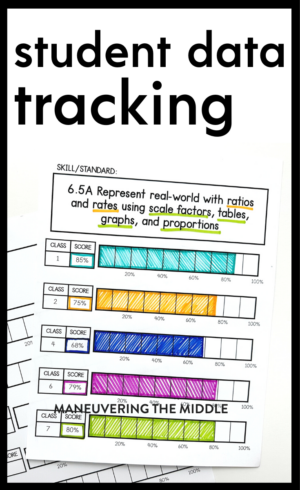

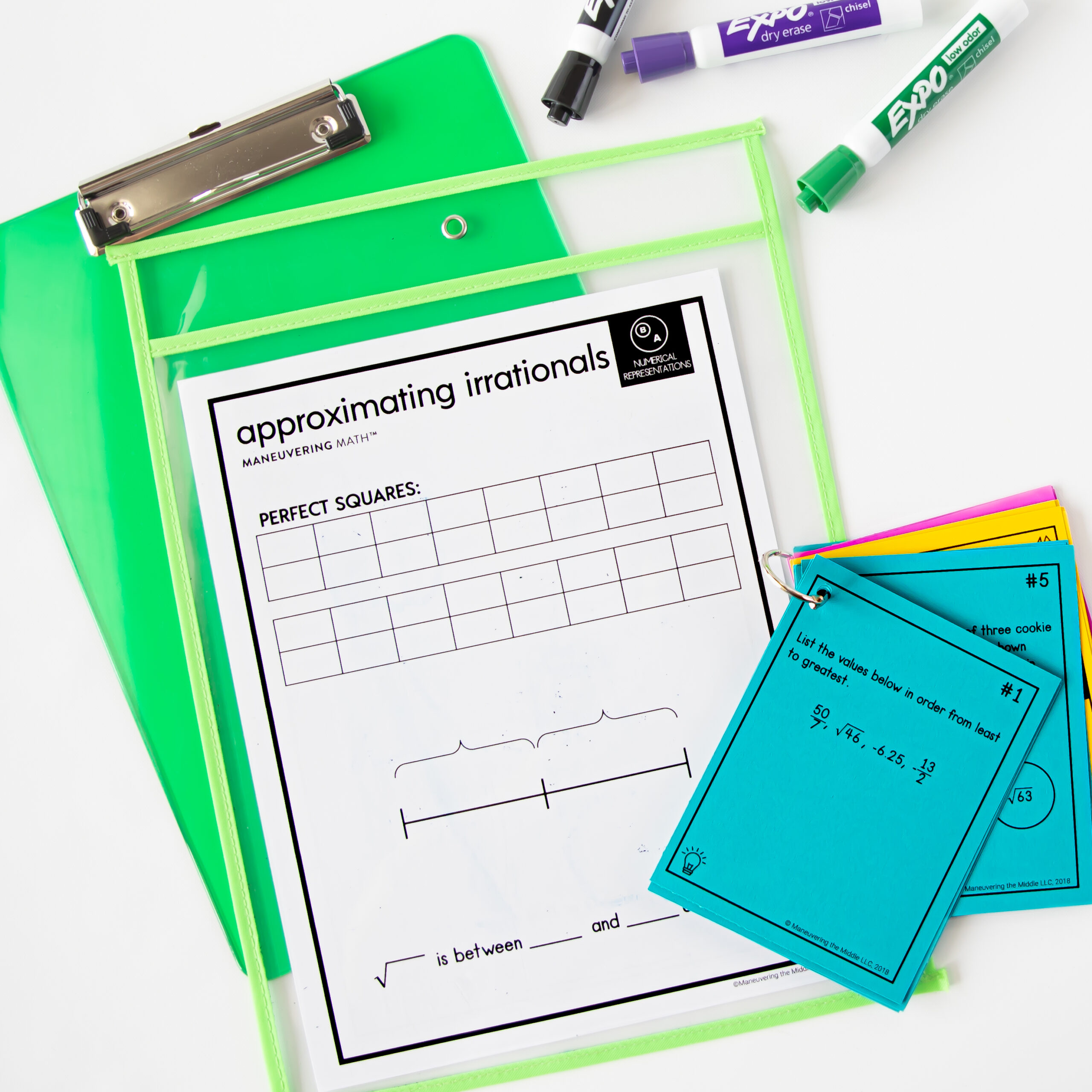


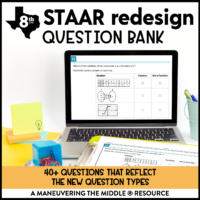
Do you have the standards and graphs on your TPT store?
Hi, Kelsey! I don’t have that exactly, but I have these data sheets: https://www.teacherspayteachers.com/Store/Maneuvering-The-Middle/Search:intervention
I love this idea, it seems a little daunting to start. One of my personal “teacher goals” is to work on goal setting for both myself and my students. I can see how this could be easily integrated and enhance that!
Love that you have teacher goals! Let us know how it goes!
I may be old school, but I recall from teacher education that with an objective or standard it is always best practices to have a class goal of 75-80% mastery before moving to the next objective or standard.
Not old school at all! I shoot for 80% of the class scoring 80% or higher on the standard then we move on. The 20% that didn’t meet the standard are targeted in small group or through some other interventions.
Hello, I love the idea of tracking mastery of CCSS with stickers. However, there was a question as to whether we can post that kind of information about our students. Does this go against any privacy laws? Do you use student numbers instead of names? Just trying to figure out how I can do this.
Hi, Leigh – Great question! I didn’t post my individual students’ data on the wall. I used the class average, but if you did want to post individual’s data then I would use student numbers.
THANK YOU for sharing your awesome ways of informing and motivating students! I teach 2nd grade and will adapt this type of data wall for my class for next year.
Question I teach 6th, 7th, and 8th grade (only one block of each) what would you suggest? I wouldn’t want to do by standard because each grade would be different but I still would like to do a competition between classes?
You could definitely still make it a competition! I think 6th graders would love to beat 8th graders!
I love the idea of grading in front of the student. Any tips for those who have finished (i.e. what do they do afterwards while he rest are still testing)? Also, what do you suggest for early finishers in general?
Hi, Cassie! Thank you! Sometimes the early finishers would read scholastic magazines, get started on their homework, complete a skill on IXL or Khan Academy. I occasionally would print challenge problems (ex: Use your operations and the numbers 6, 9, 2, 1 to create the number 45).
Do you have those standards data tracking sheets? I can’t find them in your TpT store. Thanks!
Hi, Kristen! Not exactly, but these are similar: https://www.teacherspayteachers.com/Store/Maneuvering-The-Middle/Search:intervention
I love this idea. I have wanted to do this in the past, but have always thought the task to daunting and time consuming. I’m going to this for my classes this year. Would you mind sharing the “80 at 80” sign?
Hi, Brandi! That was shared to me (hard copy) by our admin team, so I don’t have access to a soft copy for you. I’m sorry! I do think PowerPoint + a cute font would be a solution.
Hi,
Thanks so much for the great ideas! Question how did you make/print the mastery charts
Jacquie
Depends on which ones you are talking about. Some are purchased on Amazon or at a Teacher Supply store. The ones I created were made in PowerPoint. I used tables to create my boxes and downloaded a fun font!
Are your weekly 5 multiple choice test questions included in your Bundles?
Hi, Lisa! They were provided by my district.
I really love this idea. What an easy way to check skills and motivate students. I do have one question for you. After the student corrects their quiz, do you collect it and include it in your percent mastery?
Are the progress charts you made on the “Mastery” bulletin board made on regular size paper or were they blown up so they could be seen easier on the bulletin board by the students?
Hi, Ayana – It is on a letter sized piece of paper.
Hi! So I want to implement this with my classes this year, but I am trying to wrap my head around if it’s better to track the average of the student mastery scores or if it is better to focus on 80% of the class getting the 80. The average is easier because my gradebook does it for me. 🙂 But I really want to make sure it is engaging to the students and makes sense for tracking. Any helpful hints or thoughts?
I agree there is a place for MC questions but how can you be sure a student didn’t just get lucky or circle what they noticed their table mate circling? I tend to lean toward short-answer questions but obviously amount of time needed to score changes.
I love this idea! Grading in front of them works for some quick checks but takes longer on others. We have so many standards and many standards get assessed multiple times. This would cause some overlap on the board. We practice standards based grading so this would be a great visual motivator to show students that just because they haven’t mastered the standard YET, if they keep working they can still achieve that goal by the time of the summative assessment. Thank you so much!
I like this idea in theory but then I have quite lopsided classes where, for instance, I have all the learning support children in one block. I can imagine it would be demotivating for the class with the lower level learners to never ‘beat’ the other classes. I have also tried doing exit tickets and have never managed to keep it going so I do want to find something more manageable though.